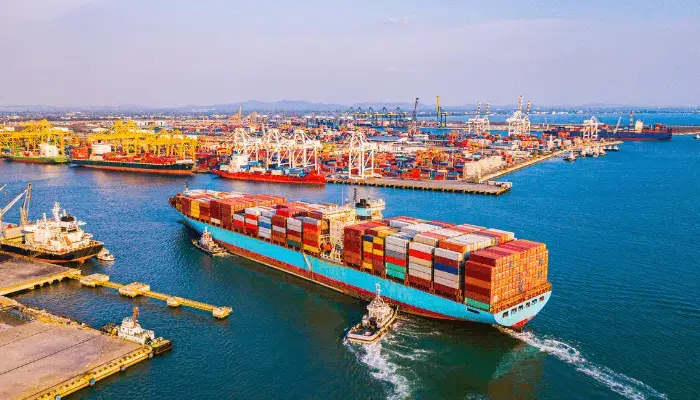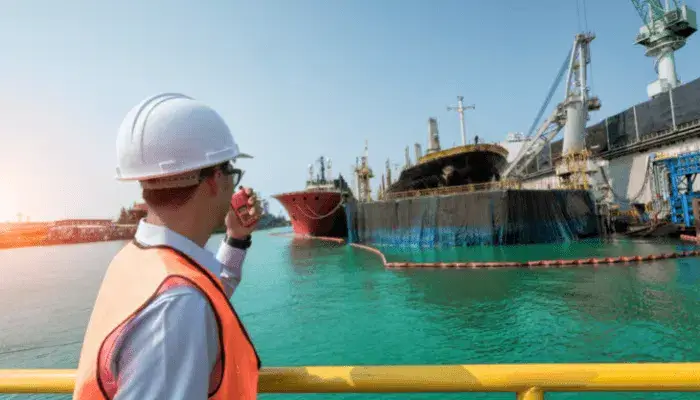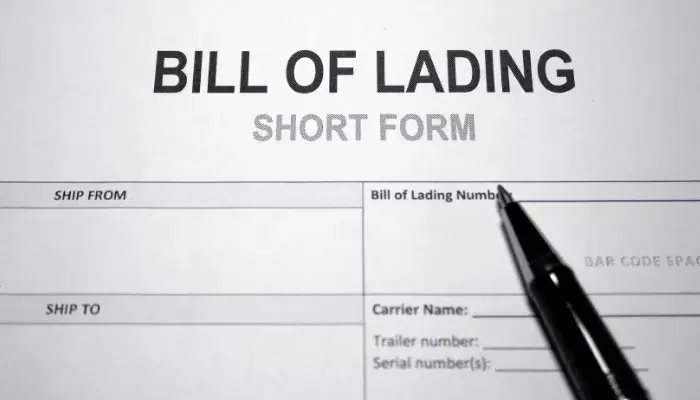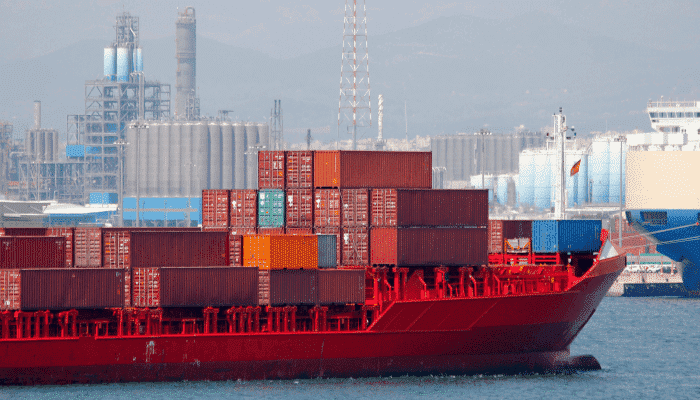Airports, seaports, and land ports of a country are its entry and exit points—people and cargo move in and out of a country through these gateways. Typically, while the Immigration department of a government keeps track of passenger movement through these entry-exit points, the Customs department monitors goods coming in and going out of these ports.
From a buyer’s perspective, goods brought in from another country are called imports, while those sold to an overseas customer are called exports. Imports and exports are essentially the transfer of goods between different countries.
Customs Department
Imports and exports are monitored by laws enforced by a country’s Customs department, following government policies. Different countries have organizations that formulate guidelines and rules for imports and exports. For example, it is the DGFT (Directorate General of Foreign Trade)in India. At the same time, in the US, it is the US Department of Commerce through the BIS (Bureau of Industry and Security).

A country’s customs department, a government-appointed body, will have its intelligence system, investigation methods, infrastructure for patrolling, enforcement, and other preventive measures. The customs department collects duties and tariffs on imports as well as exports. Generally, all a country’s ports connected to international destinations will have customs offices to carry out these functions. A country’s customs department is empowered to confiscate goods, dispose of them as necessary, or make arrests.
Import and Export
Different countries may have a different set of rules when it comes to imports and exports. Some countries allow for the unfettered import of goods legally allowed into the country, while restrictions for bringing in or sending out certain types of goods may apply in other countries.
All the goods that are imported or exported have to be declared to the customs. To import goods, the specified customs duty has to be paid to the customs department to obtain the release of the goods. Until this payment is made and the customs release goods, it is held in storage by the customs department. This storage area is known as the Customs Bonded area.

Goods can be exported only after making related payments to the customs department. The importer or exporter may carry out all these formalities or appoint a government-licensed clearing agent or a freight forwarder (also known as a Customs Broker).
A clearing agent represents the party importing the goods and acts on its behalf. He takes care of all the ports and customs-related work for clearing the goods and getting them delivered to the importer. Similarly, the freight forwarder acts on behalf of the exporter to ensure that goods are exported on time, following government rules and regulations.
Customs Clearance
The customs clearance process may be common globally. However, depending on the nature of goods, some may have special requirements. Typically, customs clearance is getting the imported goods customs-cleared for delivery to the importer’s premises for sale or reprocessing.

It involves preparing and submitting documents required for customs clearance, arranging an inspection, paying customs duty, and collating all the documents to show that the goods have been cleared correctly following customs rules and regulations. Once these steps are followed, the imported goods can be cleared from the port or customs bonded warehouse to the customer’s premises.
Harmonized System Classification (HS)
Goods traded globally are classified by the World Customs Organization (WCO). This globally recognized classification, the HS Classification (Harmonized System Classification), is used to levy customs duties and other taxes.
HS codes consisting of a minimum of six digits is a unique numbering system that references sections, chapters, headings, and sub-headings of the harmonized coding system. It is common to find another two to four digits added to this number that are country-specific.
An importer of goods or his clearing agent has to ensure that the goods are shown under the correct classification and duties, and taxes are calculated accurately. Wrong classification of goods can result in overpayment or underpayment of duties and taxes.
Besides, correcting incorrect classifications or miscalculations may be time-consuming, often leading to delays in clearance. Customs departments of most countries have special software that can be accessed by licensed clearance agents and freight forwarders for processing documents and payment of customs duties and taxes.
Documents Required for Customs Clearance
Typically, the following documents are required to clear a sea freight consignment:
- Purchase order of the buyer
- Commercial invoice issued by the seller
- Packing list
- Bill of lading or seaway bill issued by the shipping line transporting cargo or its representative
- Certificate of Origin issued by the Chamber of Commerce of a country or a body authorized by the government
- Insurance certificate
- Bill of Entry prepared by the clearing agent or the buyer
- Importer’s license of the buyer
Most of the above documents are commonly used in trading – exports, and imports and exchanged between the buyer and seller. It may be mandated by the relevant authorities, too. While the above list is self-explanatory, let us look at some specific documents used in imports and exports.
Bill of Lading or Seaway Bill

This is the contract of carriage between the exporter of goods (or the seller) and the shipping company transporting the goods. Most bills of lading are negotiable contracts. However, seaway bills are non-negotiable and deliverable only to a specific party. These legal documents are proof of ownership of the cargo.
Certificate of Origin
As the name implies, this document certifies the country where the goods meant for export are made. A Certificate of Origin is usually issued by the Chamber of Commerce or other government-appointed bodies such as the Trade Council.
Bill of Entry
A bill of entry of an import consignment will contain all the information about the goods. It is prepared by the clearing agent or the importer and has essential details of the import, such as:
- Name and address of the importer
- Import license number
- The clearing agent’s registration code
- Country of origin of the goods
- Details of the vessel carrying the consignment
- Customs duty and other taxes paid by the clearing agent etc.
The bill of entry may be submitted before the arrival of goods at the port or within 30 days of arrival. A customs officer will verify and confirm it, after which the clearing agent pays all applicable duties and taxes. Any corrections or changes that may be required will have to be made at this stage. Once it is all found to be in order, the customs officer will permit the movement of goods out of the customs storage area.
Some of the documents mentioned above may be common for exports and imports. Besides, other documents may be required for importing a particular special classification of goods. Examples of such documents are technical details reports, test reports, etc.
In India, the customs department comes under the Department of Revenue, Ministry of Finance. The Indian Custom’s Compliance Information Portal (CIP) provides details of customs procedures and compliance requirements for imports and exports. Some of the vital information that can be found in this portal are:
- Contact details of regulatory bodies, their websites
- Item-wise customs tariffs
- Commodity-wise customs duties and taxes
- List of customs offices, seaports, airports, and land ports serviced by it.
Source: Marine Insight


